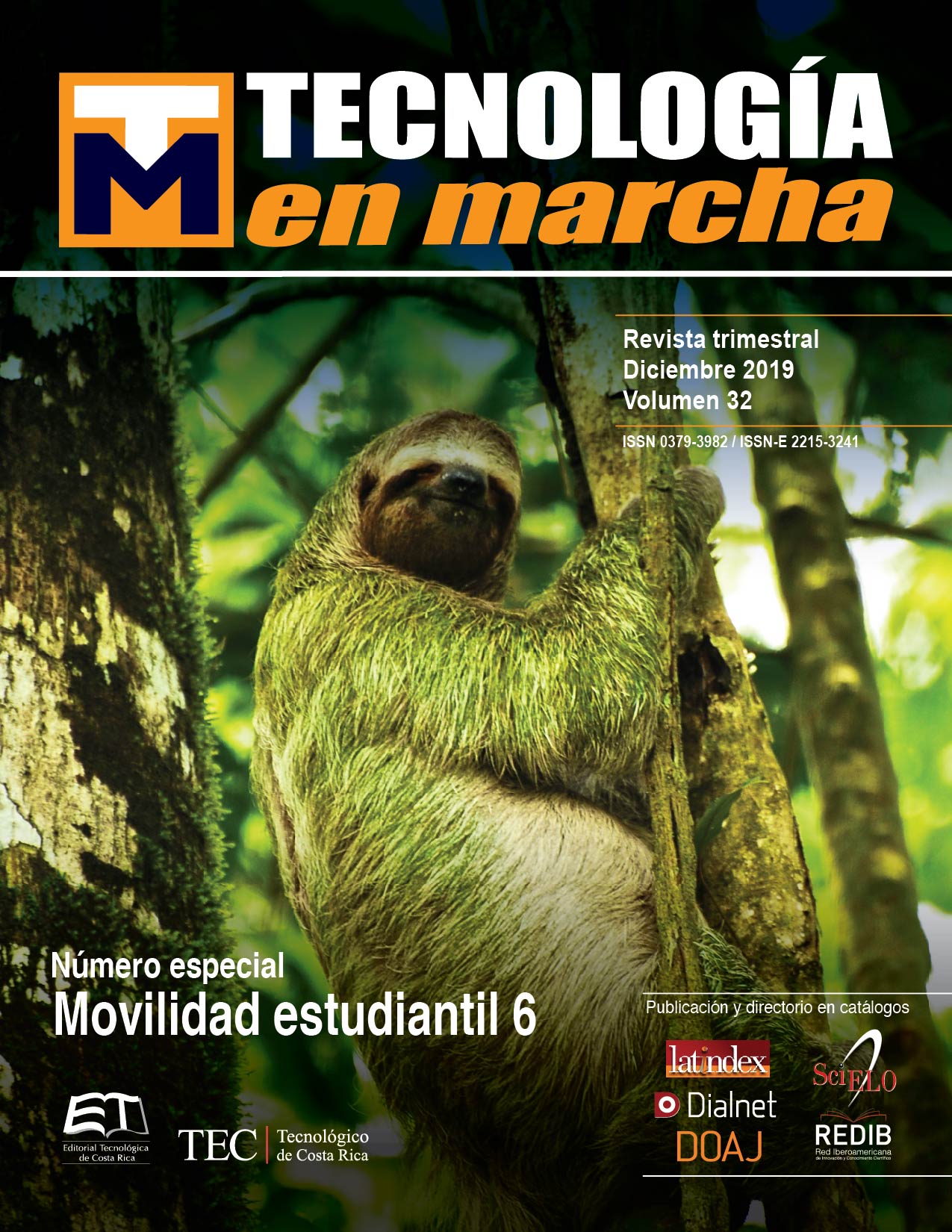Importancia de los recursos interpretativos autoguiados, como promotores de la conservación de los recursos naturales
Main Article Content
Abstract
Environmental Interpretation, is that branch of non-formal environmental education, characterized by revealing the importance of meaning. It looks forward to create a sense of belonging in the audience and provides a powerful message, able to encourage a change of behavior in the public, to convey the importance of the conservation of the resource. In the world, the Environmental Interpretation has its beginnings in the late nineteenth century with the creation of national parks in North America. In Latin America, Environmental Interpretation is done in the Galapagos Islands since 1960, while in Costa Rica comes by the hand of the creation of the first Protected Areas in the 1970s. Despite the short conceptual development and bibliographic material, the Environmental Interpretation has been making its way as a facilitator of the message of conservation of natural and cultural resources in the country, through the various interpretive resources. In our country, Poás Volcano National Park Environmental Interpretation successfully used as a tool for conservation. Besides this Carara National Park has developed interpretive resources accessible to all audiences regardless of age, educational background or special ability, thanks to its universal path. Therefore, this article seeks to inform the reader about AI from its conceptual meaning to their origins in national and international field. In addition examples of representative cases of interpretive tools in the country are shown, demonstrating the importance of these resources as promoters of natural resource conservation.
Article Details
Los autores conservan los derechos de autor y ceden a la revista el derecho de la primera publicación y pueda editarlo, reproducirlo, distribuirlo, exhibirlo y comunicarlo en el país y en el extranjero mediante medios impresos y electrónicos. Asimismo, asumen el compromiso sobre cualquier litigio o reclamación relacionada con derechos de propiedad intelectual, exonerando de responsabilidad a la Editorial Tecnológica de Costa Rica. Además, se establece que los autores pueden realizar otros acuerdos contractuales independientes y adicionales para la distribución no exclusiva de la versión del artículo publicado en esta revista (p. ej., incluirlo en un repositorio institucional o publicarlo en un libro) siempre que indiquen claramente que el trabajo se publicó por primera vez en esta revista.

